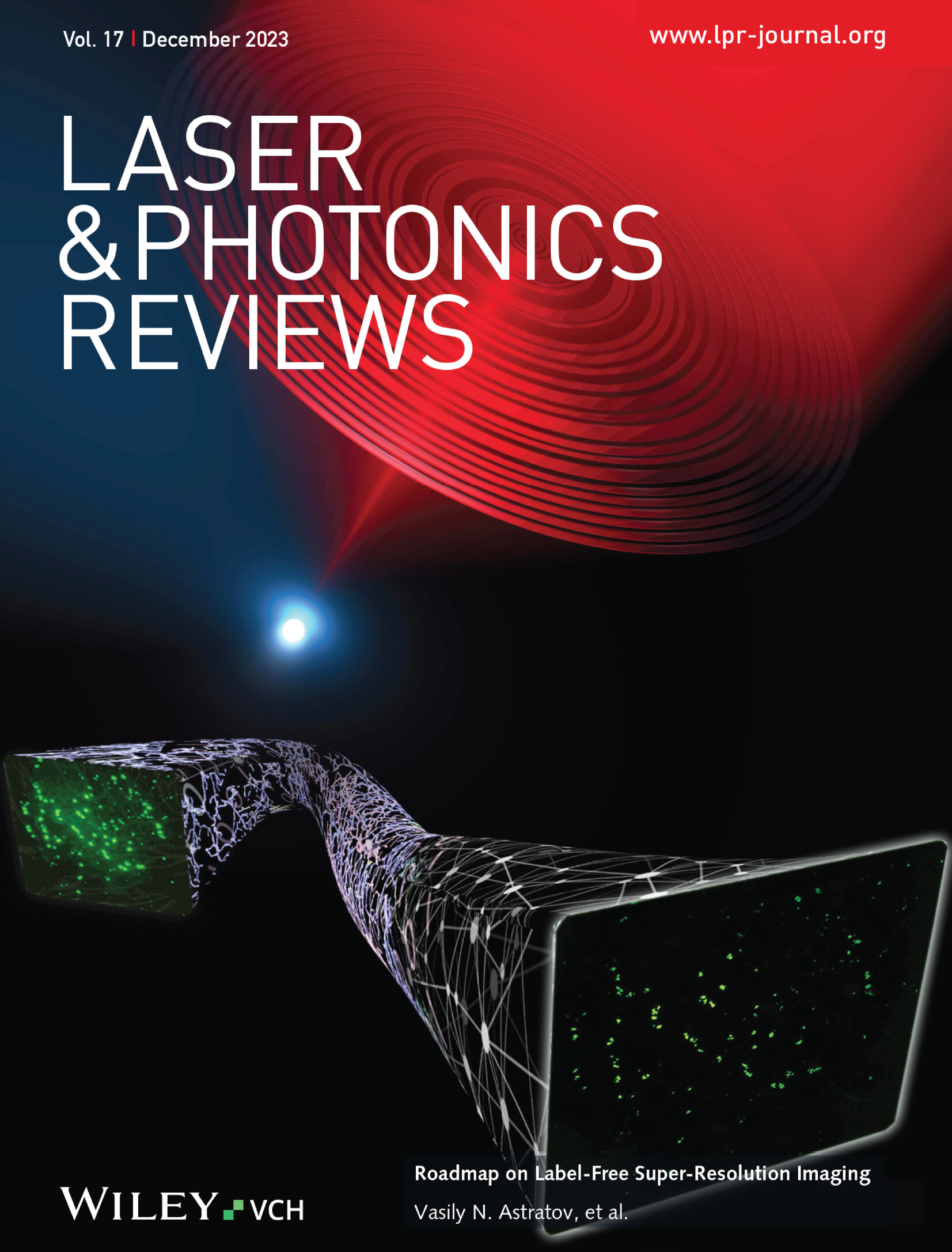Deconvolution Techniques in Optical Coherence Tomography: Advancements, Challenges, and Future Prospects
IF 9.8
1区 物理与天体物理
Q1 OPTICS
引用次数: 0
Abstract
Optical coherence tomography (OCT) has become a breakthrough in medical imaging, providing high-resolution, non-invasive visualization of tissue microstructures. However, resolution degradation caused by the system's imperfect point spread function (PSF) necessitates advanced deconvolution algorithms. Despite progress, a comprehensive review of these techniques in the OCT field is lacking. This review examines the current state of deconvolution strategies to overcome the PSF-induced blurring and discusses their applications, challenges, potential solutions, and future directions. By surveying previous works, this work identifies technical milestones and categorizes them accordingly. Deconvolution in OCT continues to evolve, contributing to both fundamental research and biological imaging. Despite significant improvements in image resolution and signal-to-noise ratio (SNR), challenges remain in real-time clinical imaging, including optimization robustness and balancing accuracy with computational complexity. Future developments need to address these challenges, emphasizing the importance of comprehensive methodologies that integrate deconvolution with other image enhancement solutions like noise removal. Interdisciplinary collaboration and validation are crucial. The future of OCT deconvolution is rich with opportunities, from combining real-time artificial intelligence (AI)-aided OCT and multi-modal imaging to exploring complex algorithms with growing computational capabilities. As clinical adoption nears, rigorous testing and ethical diligence remain essential to fully realize the potential of OCT deconvolution techniques.

光学相干层析成像中的反褶积技术:进展、挑战和未来展望
光学相干断层扫描(OCT)已经成为医学成像的一个突破,提供高分辨率,非侵入性的组织微观结构可视化。然而,由于系统的点扩散函数(PSF)不完美导致分辨率下降,需要先进的反卷积算法。尽管取得了进展,但对这些技术在OCT领域的全面回顾是缺乏的。本文综述了克服psf引起的模糊的反卷积策略的现状,并讨论了它们的应用、挑战、潜在的解决方案和未来的方向。通过考察以前的工作,本工作确定了技术里程碑并对其进行了相应的分类。OCT的反褶积不断发展,为基础研究和生物成像做出了贡献。尽管图像分辨率和信噪比(SNR)有了显著提高,但在实时临床成像中仍然存在挑战,包括优化鲁棒性和平衡准确性与计算复杂性。未来的发展需要解决这些挑战,强调综合方法的重要性,将反卷积与其他图像增强解决方案(如去噪)相结合。跨学科合作和验证是至关重要的。从结合实时人工智能(AI)辅助OCT和多模态成像,到探索具有不断增长的计算能力的复杂算法,OCT反卷积的未来充满了机遇。随着临床应用的临近,严格的测试和道德尽职对于充分发挥OCT反卷积技术的潜力仍然至关重要。
本文章由计算机程序翻译,如有差异,请以英文原文为准。
求助全文
约1分钟内获得全文
求助全文
来源期刊
CiteScore
14.20
自引率
5.50%
发文量
314
审稿时长
2 months
期刊介绍:
Laser & Photonics Reviews is a reputable journal that publishes high-quality Reviews, original Research Articles, and Perspectives in the field of photonics and optics. It covers both theoretical and experimental aspects, including recent groundbreaking research, specific advancements, and innovative applications.
As evidence of its impact and recognition, Laser & Photonics Reviews boasts a remarkable 2022 Impact Factor of 11.0, according to the Journal Citation Reports from Clarivate Analytics (2023). Moreover, it holds impressive rankings in the InCites Journal Citation Reports: in 2021, it was ranked 6th out of 101 in the field of Optics, 15th out of 161 in Applied Physics, and 12th out of 69 in Condensed Matter Physics.
The journal uses the ISSN numbers 1863-8880 for print and 1863-8899 for online publications.

 求助内容:
求助内容: 应助结果提醒方式:
应助结果提醒方式:


